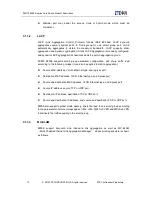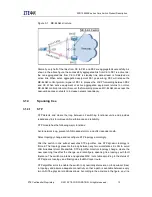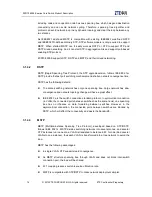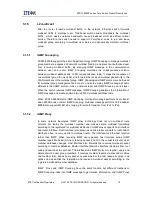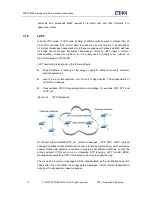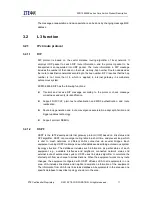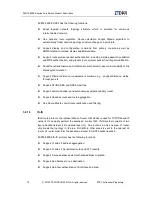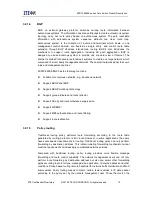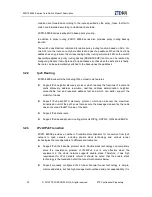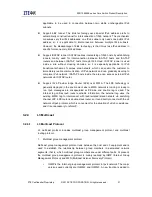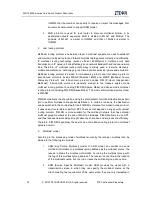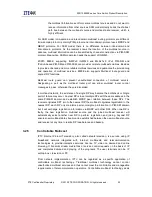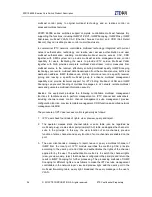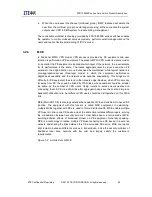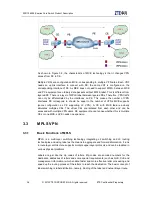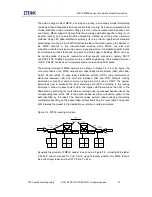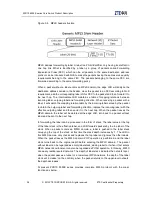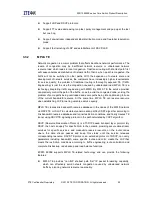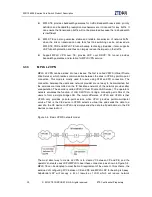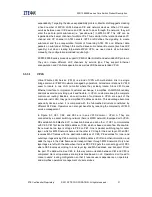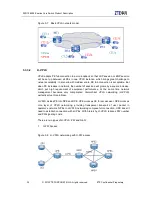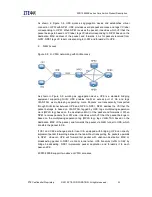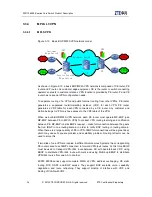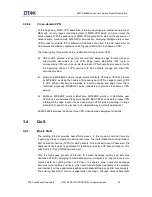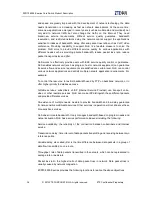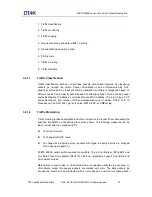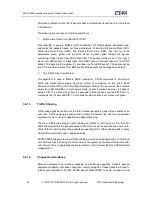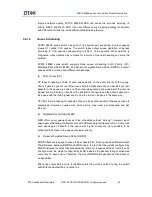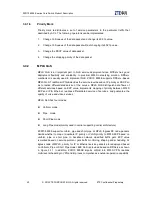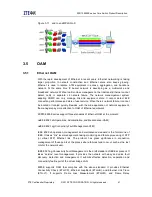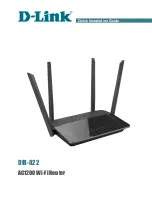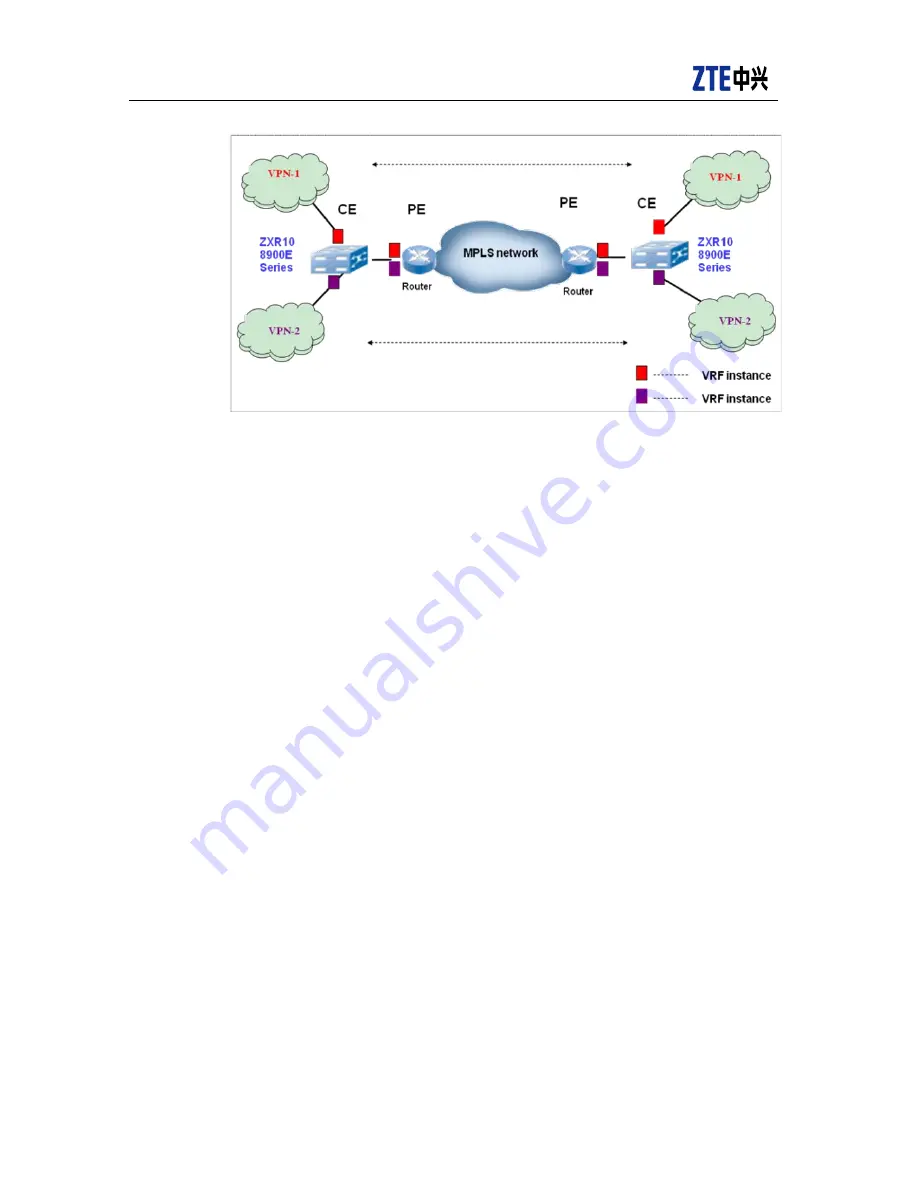
ZXR10 8900E series Core Switch Product Description
26
© 2013ZTE CORPORATION. All rights reserved.
ZTE Confidential Proprietary
As shown in Figure 3-3, the characteristic of MCE technology is that it changes VPN
access from PE to CE.
Multiple VRFs are configured on MCE, corresponding to multiple VPN sites. Each VRF
needs an uplink interface to connect with PE; the same VRF is configured on the
corresponding interface of PE. As MCE does not need to support MPLS, between MCE
and PC equipment are ordinary data packets without MPLS label. This is different from
layered PE. There is a layer of MPLS label between layered PEs. Therefore, VPN traffic
can only be differentiated by the interfaces on PE. This means the number of VPN
interfaces PE correspond to should be equal to the number of VPNs MCE supports
(same configuration as PE supporting L3 VPN). A CE with MCE feature actually
simulates multiples CEs. The virtual CEs are isolated from each other and can be
accessed with multiple VPN users. PE equipment cannot sense whether this is multiple
CEs or one MCE, so PE needs no expansion.
3.3
MPLS VPN
3.3.1
Basic Functions of MPLS
MPLS is a multi-layer switching technology integrating L2 switching and L3 routing
technologies and using label as the means to aggregate and forward information. It runs
in route layer architecture, supports multiple upper-layer protocols and can be realized in
various physical platforms.
Labels are just like the zip codes of letters. Zip codes are encoded numbers for the
destination addresses of letters and some special requirements (such as QoS, CoS and
management information) which enable faster and more effective letter processing and
speed up the routing process of the letters to reach the destination. The basic concept of
label switching is label distribution, namely, binding of the label and network layer route.
Содержание ZXR10 8900E series
Страница 1: ...Operator Logo ZXR10 8900E series Core Switch Product Description ...
Страница 2: ......
Страница 10: ......

